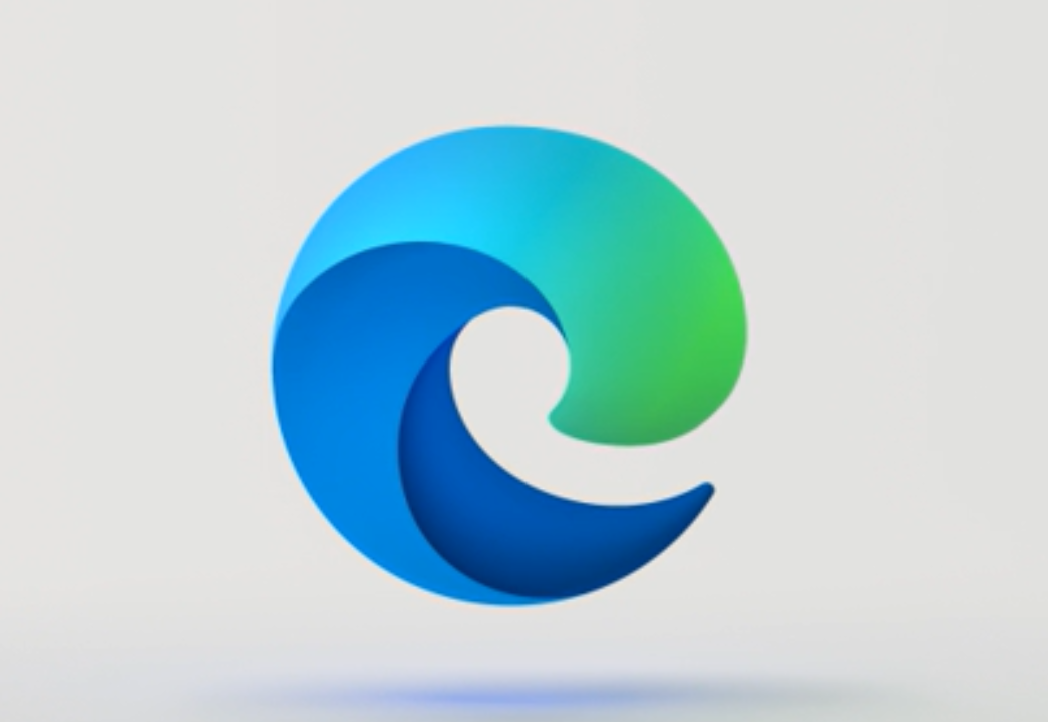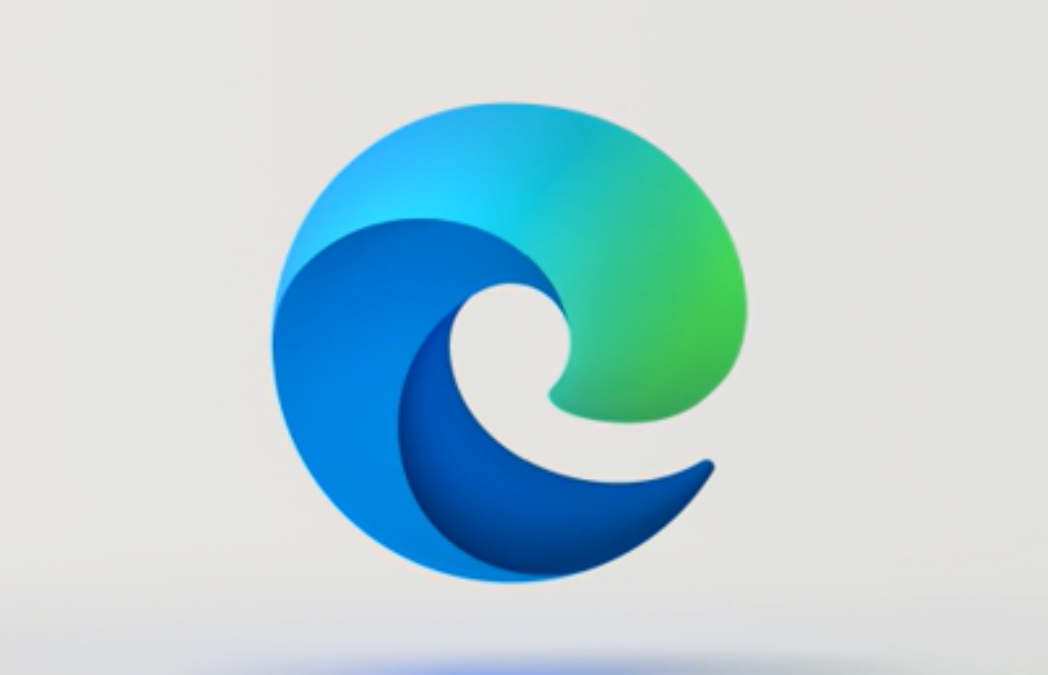Source: Microsoft
Microsoft is setting itself some high goals for its new Chromium-based Edge browser. As Chuck Friedman, the corporate vice president for Edge told me, he wants Edge to hit one billion users — a number that would start to rival Chrome’s numbers. First, though, Friedman’s team has to get version 1.0 of Edge out to users in January.
It’s no secret that Microsoft went to Chromium out of a bit of desperation. Indeed, Friedman, who joined the team about two years ago, called it an “existential crisis,” brought about by questions about why users would even want to use the old Edge. “When I got brought in, we almost had this existential crisis of, okay, what do we want to do? There was sort of this moment of like, why Edge? Why would users choose that? Were we delivering on meaningful problems?” At the time, he didn’t really have an answer to those questions, so the team went back to the basics to figure out what value Microsoft specifically could deliver in the browser space — and whether there was even a role for Edge going forward.
 The fact that Friedman ran the program management team for the Windows 10 user experience — trying to overcome the missteps of Windows 8 — before running the Edge product team also clearly shows how important a product this is for Microsoft.
The fact that Friedman ran the program management team for the Windows 10 user experience — trying to overcome the missteps of Windows 8 — before running the Edge product team also clearly shows how important a product this is for Microsoft.
Friedman argues that there’s plenty of work left to do in the browser space. “There’s an emerging new set of problems that felt like they had legs,” he told me. “And then it wasn’t about solving the problems of the last five years, it was about solving the problems of the next five.” To do so, the team had to move past the original Edge’s issues with compatibility — while still acknowledging that at least in the work environment, the browser still had to be compatible with the legacy web.
Clearly, privacy is top of mind for anybody in the web browser business, Microsoft included. Friedman noted that while people were generally aware of the privacy issues that come with surfing the web, they didn’t have the tools to protect themselves. “We sort of reached this point where we recognize the promise of the web, open access to all the world’s information, feels great, but the price of all of your information as part of that body wasn’t OK,” Friedman said. And so that, too, became a focus for the team, but looking at all of these issues together — combined with an additional focus on security — the Edge team then looked at how all of this fits in with the entire Microsoft suite. “It’s not just about the operating system. It’s not just about search. But it’s actually about the full M365, the combination of the operating system, plus security, plus the productivity tools.”
But Friedman also echoed something I’ve heard from Google’s Chrome team, and that is that the web today heavily depends on an advertising model that, at least for the time being, is the main income source for most of the companies that are publishing on the web. That can be a hard balance to strike. The way Microsoft is approaching this is by focusing on transparency. “The user should know where their data is and they don’t know what the data is and how it’s being used,” he explained. So users should have the ability to know how their data is being used and have control over it.
“There are those in our industry that think we absolutely should go to a point of extreme privacy and control. And I think there is a small set of users who prefer that. I also think that there’s a certain element of that that breaks the web. And I think that it has the potential to undermine the ability for publications to be able to monetize in a way that is reasonable.” He also argues that for users, about half prefer targeted ads versus non-targeted ads — but what makes them uncomfortable is to not have control over it.
In its browser, Microsoft defaults to blocking third-party cookies. To do so, it uses the same whitelist as Mozilla, but it also regularly updates this list when a site can demonstrate that it gives users the ability to delete their data — and with that, it hopes to encourage a wider range of players in the advertising industry to offer users these controls.
Edge, however is also very much a tool for business users, and so the team also started looking at how it could improve overall productivity in the browser for these users as well as consumers. That, for example, is where the idea of Collections came from, Microsoft’s take on what’s something of a hybrid between bookmarks, scratch pads and reading lists, which aren’t yet ready for a wider roll-out, but which are available behind a flag in the more experimental canary builds of Edge.
But the team also found that users often copy and paste content from Edge to Office products — so expect the company to do more in this area going forward. “We do a better job of integrating around collaboration with Microsoft Office properties who all have great web experiences. But, frankly, we need to meet them partway and help them do more. I’m excited for an opportunity of almost a relaunch of the Office web properties with the browser. There’s more innovative work we can do there.”
Another area the team is looking at is tab management. “Tab chaos is an interesting problem. It still exists. I don’t think anybody’s done a great job at solving it,” Friedman said. What exactly that will look like, though, remains to be seen.
One thing we won’t see right away, though, is an integration with Cortana. That’s part of the current pre-Chromium version of Edge, but it’s something Friedman doesn’t seem quite ready to bring to the new version yet. To be useful in the browser, he argues, a personal assistant has to be right most of the time. But what that will look like in the new Edge remains to be seen. He thinks there’s potential there, but what a real-world implementation would look like isn’t clear yet.
Once version 1.0 ships, the team plans to launch about two or three major new features in the browser every year, with Collections likely being the first.
Friedman also acknowledged that there are still lots of users who use Edge currently. There are about 150 million of those. And they use Edge because it’s the browser that comes with Windows. These “low-confidence users,” as Friedman described them, aren’t all that likely to download a different browser if the new Edge is too radical a departure. Instead, they’ll go out and buy a different device, like an iPad, that they view as a simpler experience.
But for more experienced users, Microsoft is obviously setting up Edge as an alternative to Chrome. The team is trying to provide them a relatively friction-less pathway to switch. Finding that balance is tricky, but Friedman thinks it’s possible, in part thanks to his work on Windows.
“My last gig was working on Win 10. I ran the product team for the core user experience for Windows 10. Sort of inherited the Windows 7 and 8 code base and said: Okay, how do we bring those users together in a way that ends up making both of them feel good about the product. It was a similarly interesting challenge, where you have […] to have true empathy for users that come from a lot of different spaces.”


